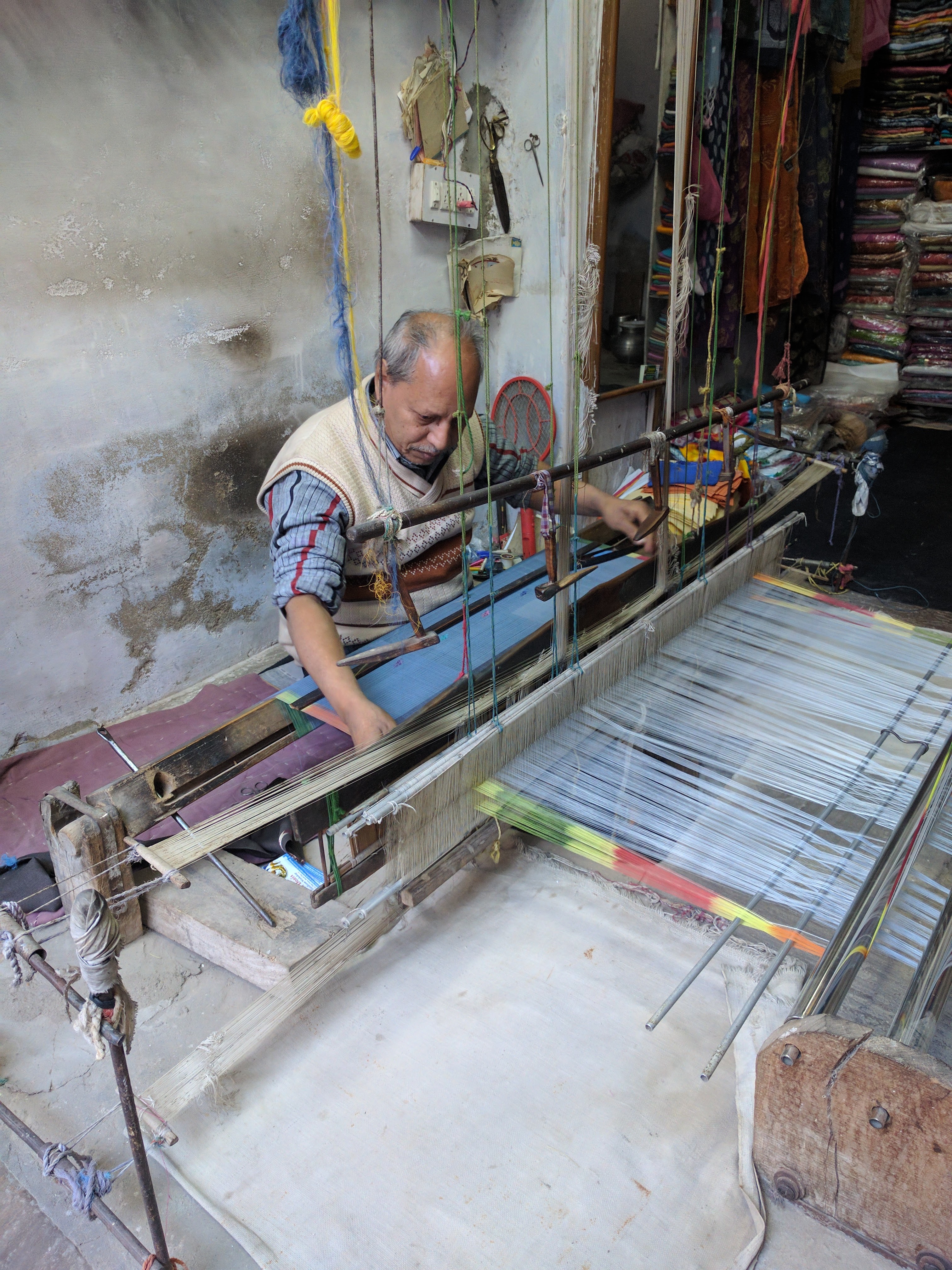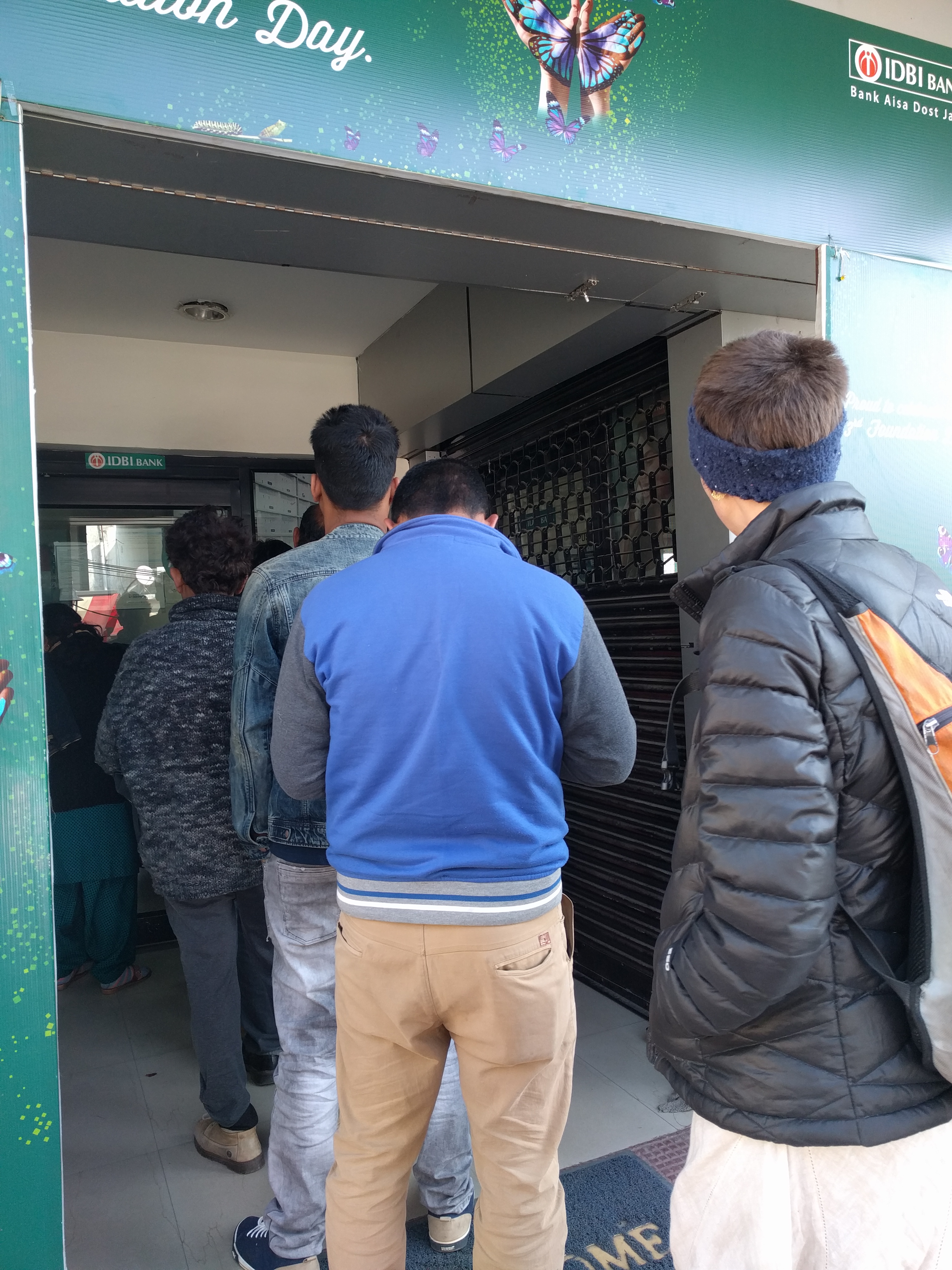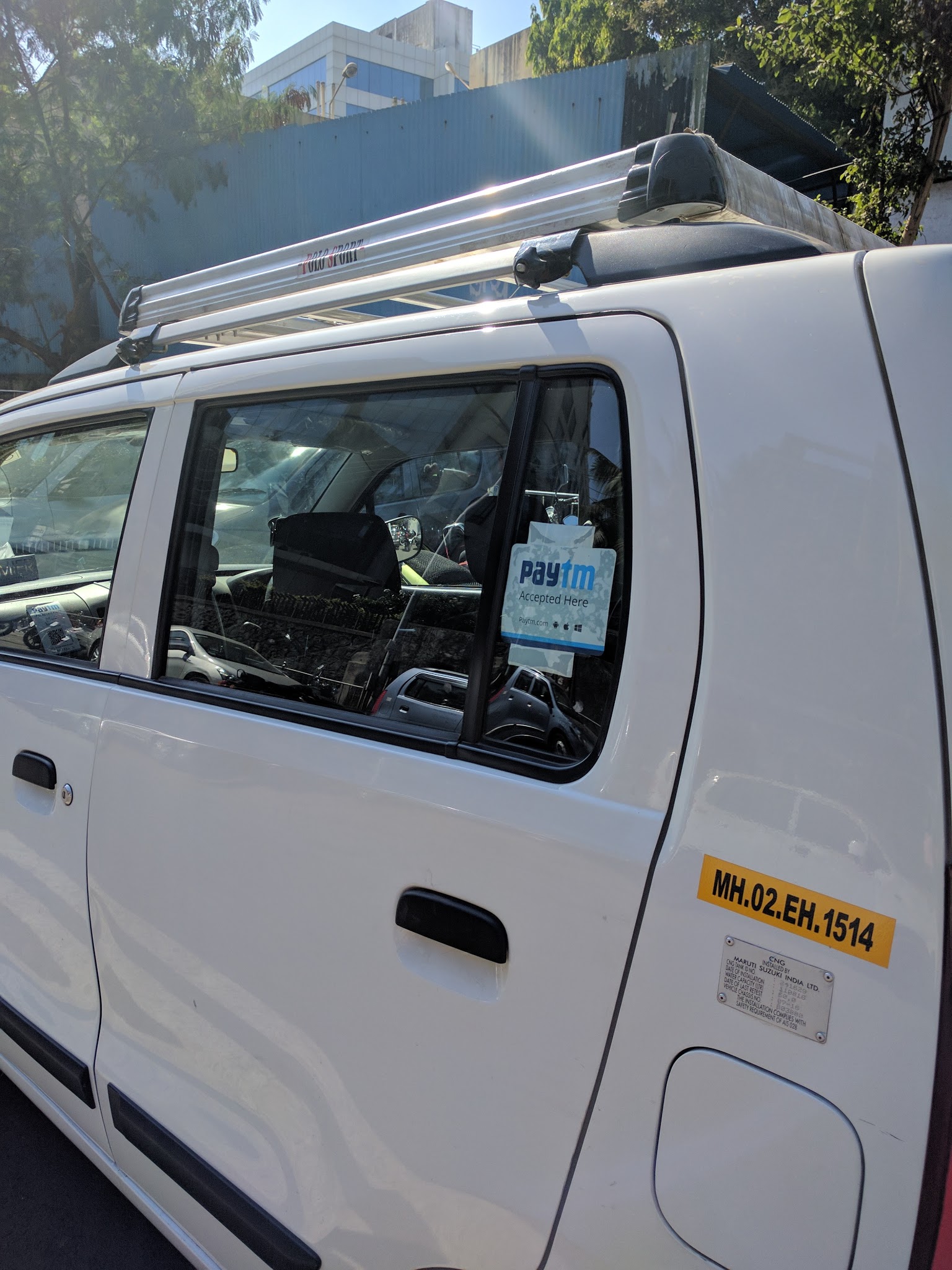Future Now
The IFTF Blog
Geographies of Transition: Notes on Demonetization in India
Demonetization in India
This year's Ten Year Forecast Research explores "Geographies of Transition" the world over. Join us in 2017 as we navigate the business landscape of the next decade and map the quickly-shifting boundaries of our organizations, industries, and nations.
On November 8, 2016, Indian Prime Minister Norendra Modi announced that the 500 and 1,000 rupee bank note were no longer legal tender. It was a surprise to the Indian public and the rest of the world. There were no previously announced plans or legislation to lead anyone to expect it, and as one might imagine, it wasn’t an easy transition to live through. However, drastic moments in history often lead to new innovations, and demonetization is no exception.
It might seem pretty crazy to delegitimize roughly 86% of the cash in circulation (by value) of any country, let alone the third largest economy in Asia. In a country within which 1.25 billion people complete a whopping 98% of all transactions in cash, the declaration immediately impacted the lives of every Indian, from the richest to the most poor. The move had many justifications, including a cure for the incredible amount of counterfeit money, an attempt to flush money out of the hands of terrorists, and to bring India into a modern cashless world.

Image: A weaver refused to take any kind of digital payment, but admitted he needed to adapt soon or risk losing business
While demonetization has been attempted twice before in India, it has never been implemented in this scale. The scheme, in a nutshell, is this:
All 500 and 1,000 rupee notes are demonetized as of November 8, 2016.
Indians had until December 30st to bring them to state banks and deposit them into bank accounts.
November 25th was the last day to exchange the bank notes with new 500 and 2,000 notes.
For both deposit and exchange, daily limits were imposed.
Withdrawal of notes from ATMs was limited to a daily amount of 2,000 then 2,500, then 4,500 rupees.
The transition happened very fast. Indians had less than two months to exchange the majority of their cash, which because of the deposit and transaction limits, often required many trips to the bank. It was common that lines at banks and ATMs had long lines for hours, and quickly ran out of cash, which continued well into January of 2017. Because of this, Indians got very creative with the way they coped. Some entrepreneurs seized the opportunity and started selling chai and food to people standing in line. Wealthier Indians hired people to stand in line for them, sometimes employing multiple people to help speed up the process. Businesses found ways to lure new customers by offering to accept old notes for their services, such a gym that offered deals for new memberships. The move affected everyday life in such a sudden way that people were even meeting up for dates in the lines of ATMs.

Image: Standing in long lines at ATMs was commonplace weeks after demonetization
The disruption of India’s cash has led to a shortage of it; an incredible inconvenience for the country. At the same time, India is seeing disruption in just about every other realm of life beyond the ATM line. Creativity became a crucial strategy in the way Indians have adapted to such chaotic times. Without a reliable source of cash, how can people pay their employees, or charge for services? The Indian culture often reflects one of self reliance and lack of faith in the effectiveness of government. In speaking about a freeway fly-over being built in Mumbai, a Mumbaikar friend told me, “if the government wouldn’t build it, the people would. Indians won’t wait around for the people in power to dance through their own bureaucratic hoops”.
Here are some examples of Indians creating new ways to approach the concept of money:
PayTM is the country’s most successful mobile payment platform. It is a combination of a mobile wallet, train and bus booking agent, and online shopping app. PayTM QR codes are sprouting up everywhere, from autorickshaws, to barber shops, to banana vendors. Anyone with a mobile phone can send and receive money, which encompasses more than one billion people, or 80% of the country (and growing). Other services include a state sponsored platform called Bharat Interface for Money (BHIM) which is lightweight and free to use. One very significant possibility mobile payment holds for India is the potential for creating a new ecosystem for credit. Mobile payments are fast and logged instantly, providing a whole new way to track and create credit scores. This could mean the average Indian would have access to capital faster and more dynamically, and may undercut the current system of credit created by a low-delta banking system.

Image: PayTM is finding its way to every cab driver in Mumbai
Uber is rapidly expanding its cities in which it operates. The ride sharing app is low cost, often beating the prices of the ubiquitous autorickshaw drivers. It also accepts multiple forms of payment, including cards, cash, and mobile payment. Ola, the Indian home-grown Uber equivalent, has its own mobile wallet service, the ability to book autorickshaws for even cheaper fares, and a SMS or phone call booking service in case you don’t have a smartphone. Demonetization is letting cash strapped Indians get around without the need for cash, which is the only form of payment accepted by legacy transportation services. As a foreigner, being able to use my debit card to pay for rides helped tremendously when I couldn’t find cash.
When the order to demonetize fell, apps such as Walnut adapted by including an interactive map of ATMs with cash. Information included last time seen with cash, and the average time spent in line. The data was crowdsourced from users, and in my experience, was often dependable. Using Walnut helped reduce the amount of time people spent wandering around cities looking for ATMs and wasting time standing in line.
This rapid transformation is part of India's bid to become a global economic leader, and there are other bold areas of experimentation happening outside of finance as well. In energy, India is investing heavily in solar. Public health experiments by public and private actors, like Googles' attempts to map public toilets in Delhi, have a chance to drastically improve health in the country. In social justice, there are many campaigns to change attitude toward women and gender equity. The results of these bold experiments and will shape not just the fate of India's 1.3 billion citizens, but the world as a whole over the next decade.



